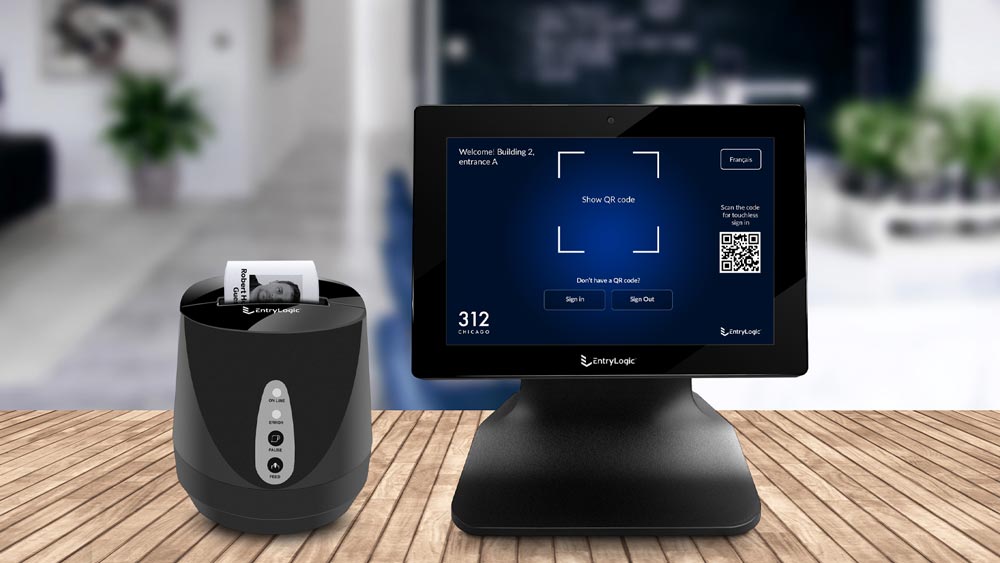COVID-19 has taught us many lessons, especially for employers. During shutdowns and restrictions, working remotely became more prevalent. But more and more people are returning to the office, which means that managing a safer workplace is more important than ever.
As an employer, certain steps and precautions can be taken to ensure a safer workplace. Here are a few of the most important steps to creating and managing a safer workplace for returning employees.
Visitor Screening
Part of a safe and effective workplace is knowing not only who is coming in but whether or not they are sick. Visitor screening provides a simple, safe way to keep workers from entering the building when they are showing signs and symptoms of illness.
Visitor screening generally includes a few basic questions. These can be answered either before the employee leaves for work or before entering the building. Those who display symptoms within a certain time frame will not be permitted to enter.
Visitor screening should not be used as a singular option. There is always the possibility that someone may not be forthcoming or honest, resulting in greater risk, which is why implementing a few other protocols can help to create a more well-rounded, effective way of reducing the risk of spreading germs or illnesses. Visitor screening, however, is a good place to start.
The Ability to Invite
While visitor screening is crucial, there is nothing quite like knowing who will be in the building and when. A litany of employers has rolled out protocols that limit who is allowed in the building at a given time.
By sending invites for particular times and days, there can be greater certainty as to who is in the building. Limiting staff numbers means reducing the chance of illness spreading. It also means that staff will be available to work more frequently as the spread of illness should be greatly reduced. Invites can be a simple, effective, and cost-efficient way of mitigating risk.
Contactless Sign-In
It is the small interactions that wind up having the largest impact. One of those impacts can be felt with surfaces that require physical contact. Buildings that have a sign-in system can make life a bit easier by implementing contactless sign-in.
Reducing the number of shared surfaces that get touched can help to reduce the spread of germs and bacteria. Though there will still be shared surfaces during any given day, any reduction can help to keep the spreading of germs in check.
Final Thoughts
Creating a safe workplace isn’t as complicated as it might seem. It also does not require major financial investment to create the kind of workspace that employees can feel comfortable and confident working in.
Whether it be through the implementation of contactless sign-in, visitor screening, or utilizing invites, you can create the kind of safe workplace that instills confidence. When employees feel safer, they are better able to focus on the work at hand rather than the health risks.
Source Links
https://business.gov.au/risk-management/health-and-safety/make-your-workplace-safer
https://www.worksafebc.com/en/health-safety/create-manage






